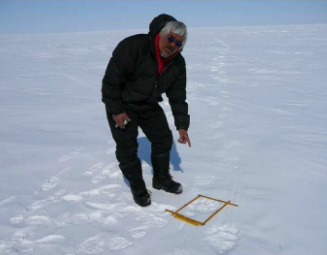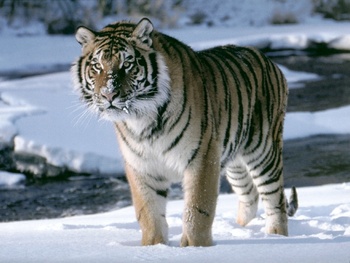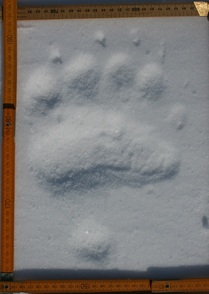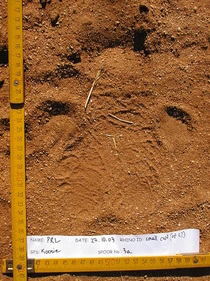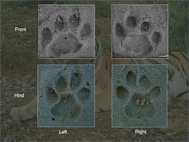Wildlife Lovers Everywhere!
Collect Digital Photography of Animal Footprints
|
Who? WildTrack
Where? Globally
Why?
We live in a critical time for biodiversity preservation. Monitoring the status of endangered species has never been more important for conservation. Yet many techniques used involve expensive and invasive approaches. How does WildTrack monitor species?
WildTrack has developed a non-invasive and cost-effective technique which is able to identify endangered species from their footprints. The footprint identification technique (FIT) can identify at the species, individual, age-class and sex levels, using digital images of footprints. With digital photographs of animal footprints we can use computer technology to identify distinguishing characteristiscs of individual footprints (FIT algorithms). We can then identify unknown animals and monitor their numbers and distribution remotely by collecting their tracks. We now have FIT algorithms for several endangered species, including black and white rhino, Bengal and Amur tiger, Mountain lion, Cheetah, Bairds and Lowland tapir. We hope to build on the databases for these species and begin new databases for other endangered species. Footprints can also be simply identified at the species level to provide a presence/absence index for the expedition area.
|
|
What Can I Do?
Volunteers would look for a specific species if identified in the region, or opportunistically for trails of any species. When clear trails (unbroken series of good quality prints) are found, they would take one image of each of the prints along the trail. The volunteers would then continue until another good trail is found and repeat the procedure. Often, occasional prints or poor quality trails can be tracked forwards or backwards until good substrate is found. The best light conditions for photography are usually early mornings or late afternoon. What Do I Need?
All that’s needed is a good eye (not to be underestimated!) basic digital camera (5Mpx), a ruler to provide scale, a GPS to record position, and paper to record these details in the photograph. How will the Data be Used?
We will use the incoming footprints to build algorithms for endangered species, so that scientists will then be able to identify unknown individuals from their footprints in different areas. We hope that by collecting data in places scientists rarely go, explorers may identify new ranges of endangered species and give us new insights into how to protect them. As mentioned above, this work can also be used to determine simple presence/absence of species in expedition areas. |
To get involved, fill out our Find an Advisor Form.

